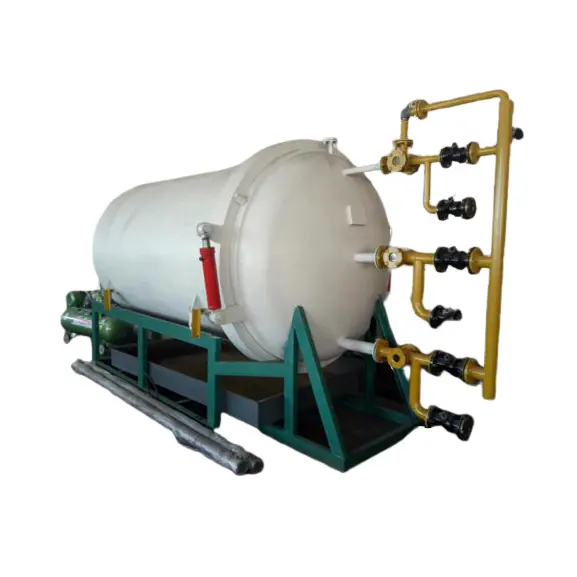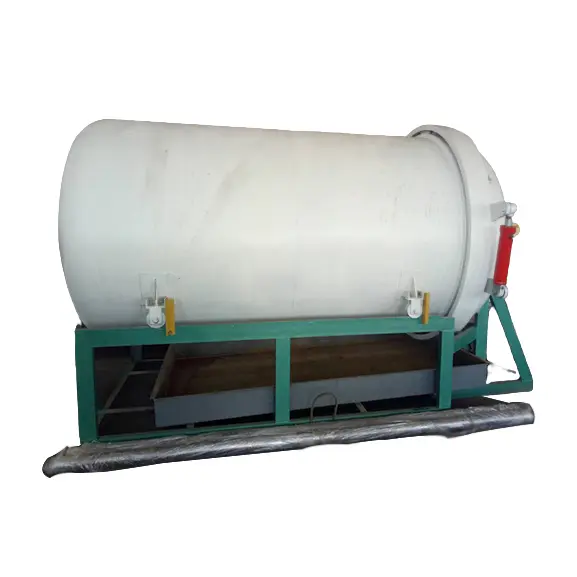Oct . 22, 2025 13:15 Back to list
Black Seed Oil Expeller | High Yield, Durable & Efficient
Field Notes on the Black Seed Oil Expeller: what actually matters on the shop floor
If you’ve ever stood beside a humming press while Nigella sativa seeds crackle through the barrel, you know the charm—and the mess. To be honest, the current wave in black seed oil production isn’t just about the press anymore. It’s the press plus inline clarification. That’s why many plants pair a Black Seed Oil Expeller with a horizontal leaf filter to hit consumer-grade clarity without babysitting filter cloths all day.

Industry trends I’m seeing
- Cold-press dominance with gentle conditioning (≈55–65°C) to balance yield and flavor.
- Solvent-free labeling and cleaner specifications for nutraceutical/cosmetic grades.
- Inline polishing: expeller + horizontal leaf filter for 1–5 μm clarity, then nitrogen capping.
- Energy trims via VFD drive control, insulated barrels, and smarter preheat logic.
Typical specs (press + horizontal leaf filter combo)
| Throughput (Nigella sativa) | ≈150–450 kg/h | Real-world use may vary with moisture and hull content |
| Motor power | 18.5–30 kW | VFD speed 28–45 rpm |
| Oil yield (seeds 31–38% oil) | 29–35% | Cake residual ≈8–12% |
| Heaters (optional) | 2×1.5 kW bands | Stable start-up in cool climates |
| Wet contact materials | SS304/SS316 | Food-grade gaskets (FDA-compliant) |
| Horizontal leaf filter fineness | 1–5 μm | Vibration cake discharge |
| Filter area (module) | ≈5–15 m² | Scale with line capacity |
| Noise | ≤78 dB(A) | Operator-friendly |
| Service life | Gearbox bearings >20,000 h; filter leaves ≈8,000 cycles | With routine lubrication and CIP |

Process flow that actually works
Materials: clean Nigella sativa seeds, target moisture ≈6–7%. Methods: pre-clean → dehull (optional) → temper/condition → press (single or two-stage) → sediment knock-out → horizontal leaf filtration → polishing → inert gas headspace → fill.
Testing standards: FFA by AOCS Ca 5a-40 or ISO 660; peroxide value by ISO 3960/AOCS Cd 8b-90; moisture AOCS Ca 2e-84; fatty acid profile by ISO 12966/AOCS Ce 1h-05. Food-grade compliance against Codex STAN 210 for edible oils.
Where people use it
- Nutraceutical bottlers chasing low PV/FFA specs.
- Cosmetics labs blending black seed oil into serums.
- Specialty food brands selling robust, peppery cold-press oil.
- OEM toll mills handling short runs and private labels.
Vendor snapshot (real-world shopper notes)
| Vendor | Origin | Strengths | Certs | Lead time | After-sales | Price |
| Horizontal Leaf Filter OEM | Dingzhou, Hebei, China | Solid filtration, easy cake discharge | ISO 9001, CE (Machinery) | ≈25–40 days | Remote commissioning, spare kits | $$ (competitive) |
| Press Maker A | India | Rugged screws, good parts access | ISO 9001 | ≈30–60 days | On-site install (select regions) | $$ |
| Press Maker B | Türkiye | Clean design, hygienic welds | CE | ≈45–75 days | Phone support, manuals | $$$ |
Customization that pays off
Dial in screw geometry for finer seeds, lengthen barrel for two-stage pressing, add jacketed conditioning, food-grade seals, and a nitrogen skid. For the filter: choose leaf count, precoat options, and automated vibration discharge. Many customers say a small PLC + VFD bundle cuts downtime more than any shiny accessory.

Case study: mid-size nutraceutical line
A 6 t/day setup paired two Black Seed Oil Expeller units with a 10 m² horizontal leaf filter. Conditioning at 60°C, VFD at 36 rpm. Data after month one:
- Average oil yield: 33.2% (seed oil content ≈36%).
- Cake residual oil: 9.5% (AOCS extraction spot-check).
- Peroxide value at fill: 5.8 meq O2/kg (ISO 3960), down from 8.1 pre-polish.
- Total suspended solids in oil:
- Operators reported easier sanitation; service interval moved from weekly to bi-weekly.
It seems small things—like a steady precoat and correct discharge timing—cut labor hours more than any headline spec.
Certifications & compliance
Look for ISO 9001 QMS at the factory, CE under 2006/42/EC for machinery, food-contact declarations for gaskets/steel, and alignment with Codex STAN 210 for edible oil quality. For export-heavy users, documented FAT/SAT and traceable weld maps are worth the paperwork.
Authoritative citations
- Codex Alimentarius: Standard for Named Vegetable Oils (CXS 210-1999).
- ISO 3960:2017 – Animal and vegetable fats and oils — Determination of peroxide value.
- AOCS Official Methods (Ca 5a-40 FFA; Cd 8b-90 PV; Ce 1h-05 FA profile; Ca 2e-84 moisture).
- ISO 9001:2015 – Quality management systems — Requirements.
- EU Machinery Directive 2006/42/EC – CE requirements for machinery.
-
Hydraulic Oil Press Machine – Efficient, Sustainable Oil Extraction Technology
NewsNov.21,2025
-
Comprehensive Guide to Cold Press Oil Extraction Machine – Benefits, Uses & Future Trends
NewsNov.21,2025
-
HP 120 Cold Oil Press - Hebei Huipin Machinery | Efficient Oil Extraction
NewsNov.21,2025
-
Mustard Oil Extraction Machine: A Complete Guide to Industry, Technology & Future Trends
NewsNov.20,2025
-
Groundnut Oil Extraction Machine | Efficient Peanut Oil Press Solutions
NewsNov.20,2025
-
Manual Oil Press Machine: Sustainable Oil Extraction for Global Communities | Buy & Learn More
NewsNov.19,2025
